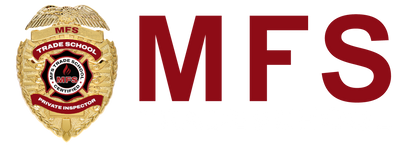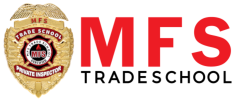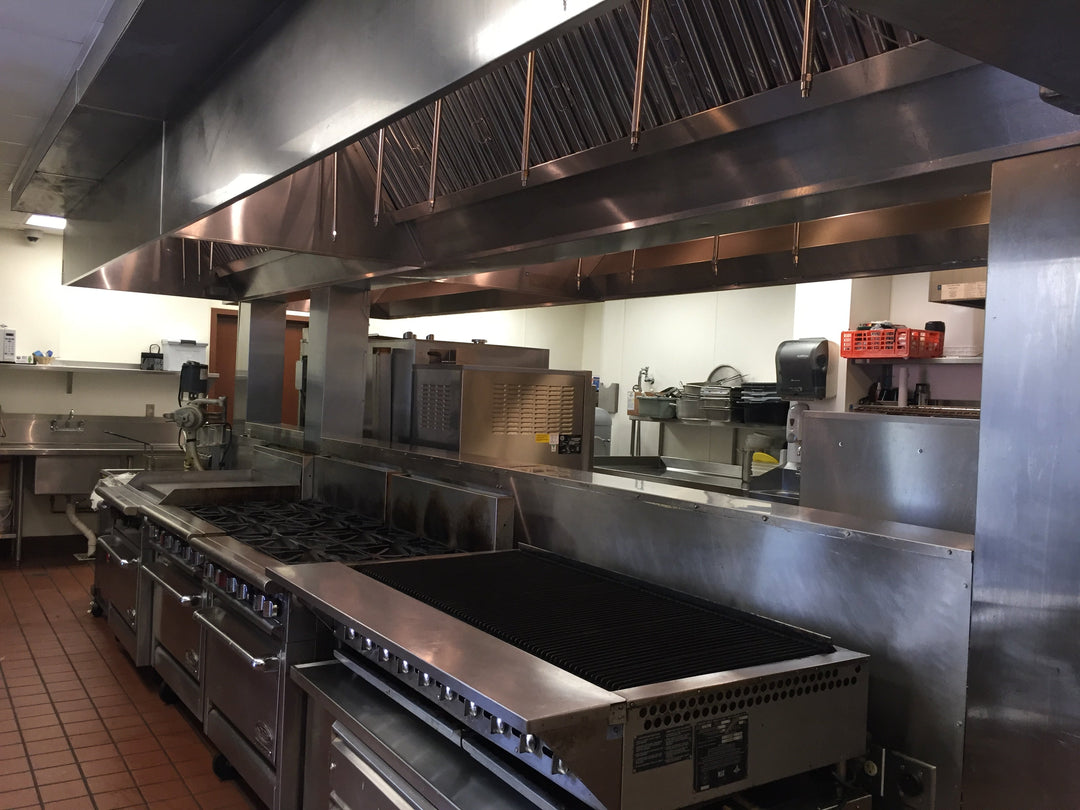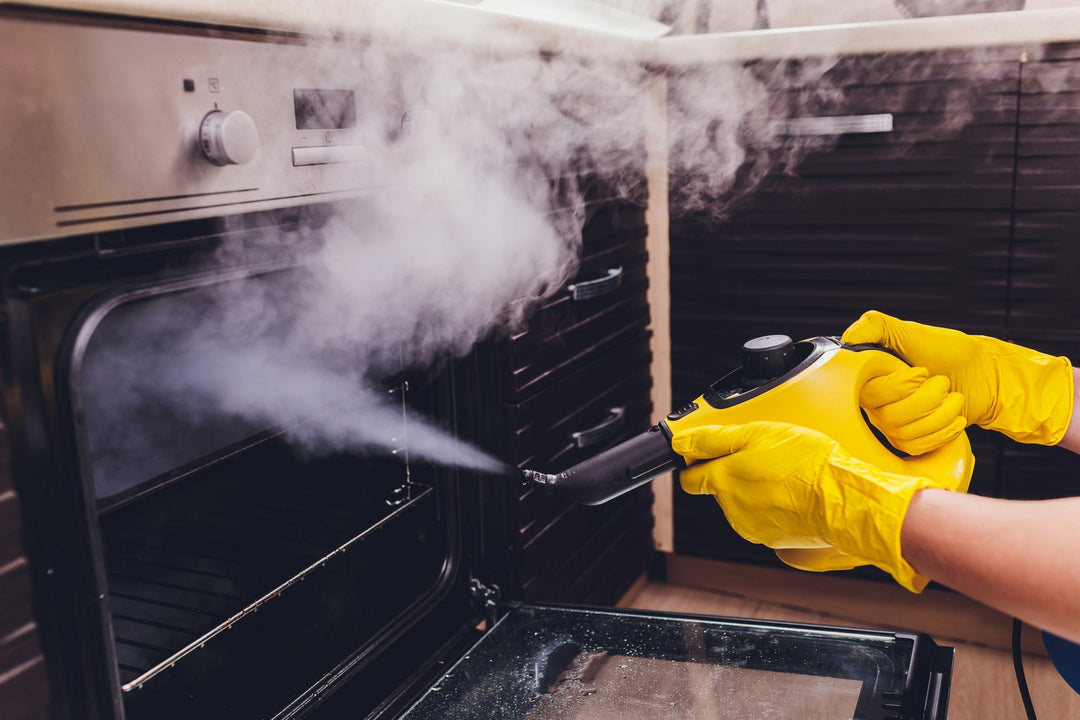Essential Seasonal Maintenance Tips for Kitchen Exhaust Systems
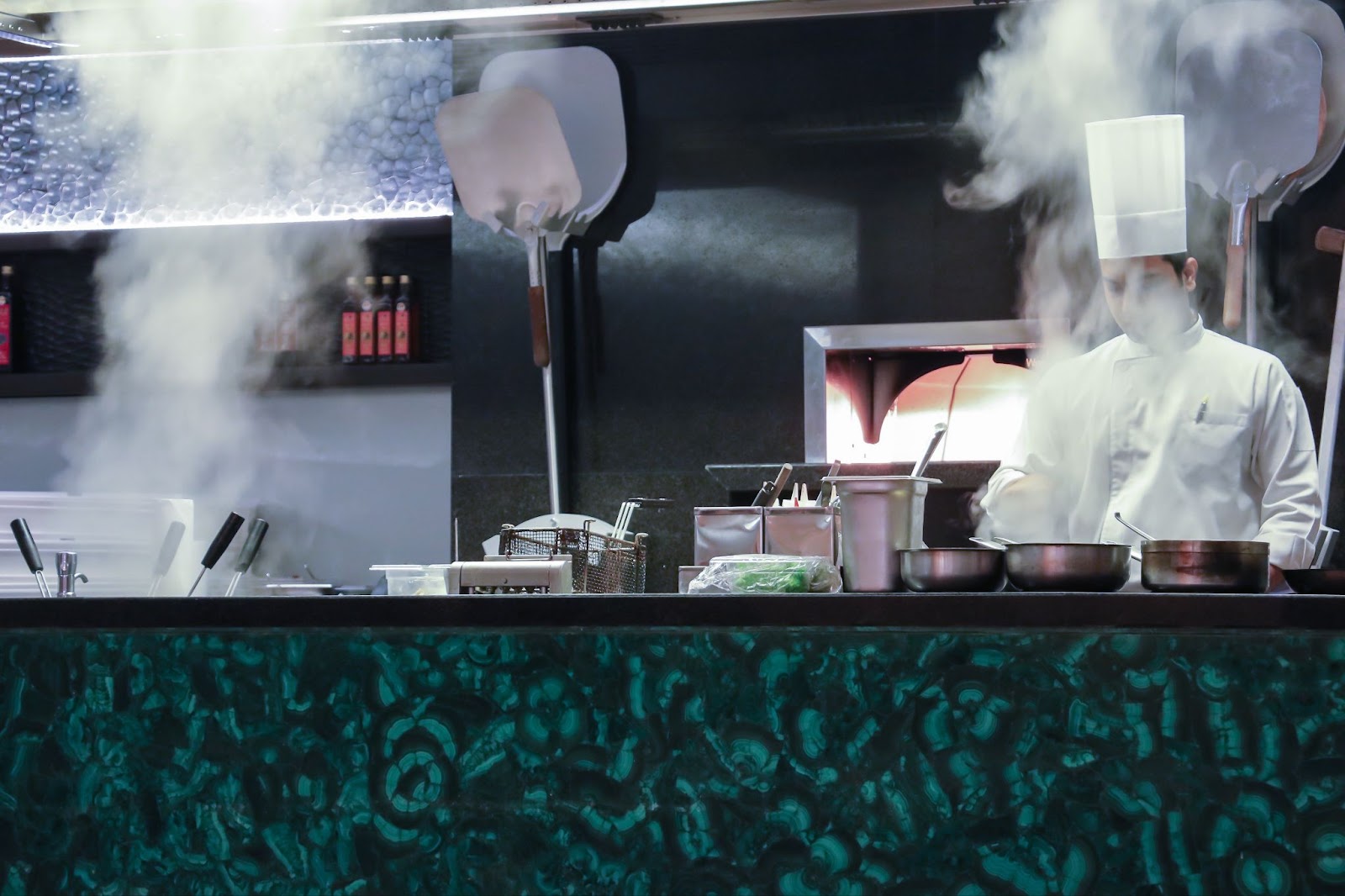
As the seasons change, so do the challenges faced by commercial kitchen exhaust systems. Neglecting to adapt maintenance routines can lead to decreased efficiency, safety hazards, and even costly repairs.
Seasonal maintenance is a proactive approach that addresses the unique demands placed on kitchen ventilation throughout the year. By implementing targeted strategies, restaurant owners and managers can ensure optimal performance and longevity of their exhaust systems.
In this article, we'll explore the importance of seasonal maintenance for kitchen exhaust systems and provide actionable tips for each season. From filter replacements to humidity control, these best practices will help keep your kitchen running smoothly and safely year-round.
What is Seasonal Maintenance for Kitchen Exhaust Systems?
Seasonal maintenance for kitchen exhaust systems involves a set of specific tasks and checks performed at different times of the year to ensure optimal function and safety. These tasks are designed to address the unique challenges each season presents, such as temperature fluctuations, humidity changes, and variations in cooking volume.
For example, spring maintenance often focuses on deep-cleaning and replacing filters to prepare for the increased demand of the summer months. Summer maintenance, on the other hand, prioritizes managing heat and humidity to prevent grease buildup and maintain efficient airflow.
Fall maintenance typically involves thorough inspections and cleanings to gear up for the busy holiday cooking season, while winter maintenance emphasizes preventing drafts and moisture accumulation that can occur in colder months.
Implementing a seasonal maintenance schedule allows restaurant owners and managers to stay ahead of potential issues, extend the life of their equipment, and maintain a safe and comfortable kitchen environment. By tailoring maintenance tasks to the specific needs of each season, businesses can optimize the performance of their exhaust systems and avoid costly downtime.
Seasonal maintenance also plays a crucial role in ensuring compliance with kitchen safety regulations. Regular inspections and upkeep help identify and address any issues that may violate local health codes or fire safety standards—such as excessive grease buildup or malfunctioning components.
Investing in seasonal maintenance not only protects the longevity and efficiency of kitchen exhaust systems but also safeguards the well-being of staff and patrons. A well-maintained ventilation system effectively removes heat, smoke, and fumes, creating a healthier and more comfortable working environment.
Seasonal Maintenance Tips for Kitchen Exhaust Systems
Regular upkeep of kitchen exhaust systems is crucial to maintaining safety and operational efficiency. These ventilation maintenance tips for kitchen exhaust systems can help ensure proper indoor air quality and system efficiency.
Spring serves as a strategic period for refreshing your ventilation system. This includes a comprehensive cleaning of components and a detailed inspection of fan blades to ensure efficient operation. Focus on replacing or thoroughly cleaning filters to handle the increased workload anticipated in the warmer months.
During the summer, ventilation systems should be evaluated for their capacity to handle elevated temperatures and humidity levels. This period is pivotal for addressing any potential grease accumulation that could impair system efficiency. Reinforce your team's understanding of these processes through targeted training sessions to ensure they can manage the system's demands effectively.
With fall comes a notable increase in cooking activities, demanding preemptive measures to ensure system reliability. Conduct a meticulous check of the entire setup to prepare for the heightened usage typical of holiday seasons. Implement a more rigorous schedule for filter changes to maintain optimal airflow and reduce fire hazards.
Winter months bring about the need to safeguard against drafts and moisture. Confirm that all seals are intact and insulation is adequate to prevent external cold air from affecting the system. Regular checks for ice formation on components are essential to preserve functionality and ensure a safe working environment.
Throughout the year, consistent inspections are vital in maintaining the ventilation system's integrity. By promptly addressing any emerging issues, you can avoid more significant problems and ensure adherence to safety standards. This proactive maintenance approach is key to preserving the kitchen's operational efficiency and safeguarding the well-being of staff and patrons.
1. Spring: Filter Replacement and Cleaning
Spring ushers in an ideal opportunity to revitalize kitchen exhaust systems after the demands of winter. As this season arrives, it's crucial to address any wear accumulated during colder months, particularly focusing on the system's filtration components. Conducting a detailed analysis of filter conditions and replacing or thoroughly cleaning them is vital for ensuring they can cope with the heavier demands and elevated temperatures of summer. Following best practices for ventilation system maintenance can further optimize system performance. For those looking to improve their skills, consider hands-on training for kitchen exhaust hood cleaning.
In tandem with filter upkeep, spring is a strategic time for evaluating the exhaust fan blades' condition. Over time, these blades can gather layers of grease and debris, leading to operational imbalances that diminish system effectiveness. Undertake a comprehensive assessment to identify any necessary cleaning or replacement needs. Ensuring blades are balanced and clear of obstructions optimizes airflow and minimizes motor strain, thereby extending equipment lifespan.
Attention should also be directed towards the overall cleanliness of the exhaust hood and its surrounding elements. Spring provides the perfect opportunity for a detailed cleaning to eliminate any persistent grease and grime that could hinder system performance. This process not only enhances operational efficiency but also aligns with safety standards, ensuring a secure environment for both staff and patrons. By prioritizing these maintenance tasks in spring, restaurant owners can prepare effectively for the intensifying demands of the summer months.
2. Summer: Address Heat and Humidity
Summer introduces unique operational challenges for kitchen exhaust systems due to increased temperatures and humidity levels. It's essential to optimize ventilation components to prevent overheating and ensure they handle the elevated thermal demands effectively. Begin by closely examining the ventilation infrastructure—fans, ducts, and motor components must be unobstructed and fully operational to manage the heightened heat and moisture from intensified cooking activities.
The propensity for grease to accumulate more rapidly during summer necessitates diligent oversight. Schedule frequent inspections to detect and mitigate grease deposits, which can hinder airflow and pose safety risks. Execute comprehensive cleanings of exhaust ducts and hoods to curb the risk of fire hazards and preserve optimal ventilation efficiency. This proactive measure is crucial to maintaining a safe kitchen environment and adhering to commercial kitchen safety standards.
Cultivating a knowledgeable staff is vital for navigating the complexities of summer ventilation demands. Enroll your team in an online kitchen exhaust hood cleaning course to enhance their expertise. By fostering expertise within your team, you enhance the resilience and reliability of your kitchen's ventilation system throughout the demanding summer months.
3. Fall: Prepare for Increased Cooking Load
As fall sets in, commercial kitchens must brace for the uptick in culinary activities associated with the season. This period demands a strategic overhaul of maintenance practices to ensure the system withstands the pressures of increased workloads. Start by conducting a detailed assessment of the exhaust system to uncover any vulnerabilities or potential issues that might affect its performance during peak times. Managers can benefit from hands-on exhaust cleaning coaching for managers to enhance their oversight and knowledge.
A robust cleaning schedule is essential during fall. Pay particular attention to the exhaust system's components, ensuring they are free from grease and buildup that could obstruct airflow. This thorough approach not only enhances ventilation efficiency but also aligns with commercial kitchen safety protocols, minimizing potential hazards associated with increased cooking activities.
To support the heightened operational demands, adjust the frequency of filter replacements accordingly. Regular changes maintain the filters' capacity to effectively capture grease and particulates, thus preserving optimal airflow and reducing fire risks. This practice ensures the system operates at peak efficiency and adheres to kitchen safety standards during the bustling holiday season.
4. Winter: Prevent Drafts and Moisture Issues
Winter months present distinct challenges for kitchen exhaust systems, particularly regarding temperature control and internal climate stability. To combat the infiltration of cold air, ensure that all access points and ventilation ducts are properly sealed and insulated. This proactive step helps maintain a stable kitchen environment and reduces the strain on heating systems, thus optimizing energy efficiency. Regular checks for any insulation wear and tear are essential to uphold this thermal protection. Implementing industrial ventilation maintenance strategies can further enhance system efficiency and safety during colder months.
Managing humidity levels is crucial during winter to prevent the adverse effects of moisture within the system. Consider enrolling in online exhaust hood cleaning coaching to learn advanced techniques for system maintenance. The interaction between cold outdoor air and warm kitchen interiors can lead to condensation, which poses risks of corrosion and equipment degradation. To avert such issues, ensure that ventilation components are equipped with adequate moisture barriers or coatings. Additionally, maintaining a consistent airflow through the system helps to disperse any developing moisture before it accumulates.
Ice formation on external components can severely impact system performance. It's important to routinely inspect exhaust outlets and external fans to ensure they remain clear of ice obstructions. If ice is present, it should be removed delicately to avoid damaging the equipment. This vigilance ensures that the exhaust system functions smoothly, even in the face of harsh winter conditions.
5. Year-Round: Regular Inspections and Maintenance
Maintaining peak performance of kitchen exhaust systems year-round requires a diligent schedule of assessments. These evaluations go beyond mere compliance with safety standards—identifying potential vulnerabilities early can prevent them from developing into more critical issues. Incorporating essential maintenance tips for ventilation systems can help ensure optimal performance and longevity.
Regular checks on ventilation components, including fans, ducts, and seals, are crucial for sustaining uninterrupted operations. For more information, visit our kitchen exhaust hood cleaning FAQs.
Developing a comprehensive maintenance calendar is key to ensuring ventilation systems remain efficient. This involves scheduled reviews of system performance indicators such as airflow, noise levels, and energy usage. By documenting these evaluations, restaurant managers can discern patterns and quickly address any irregularities. This strategy helps maintain optimal ventilation system function, minimizing the risk of unexpected breakdowns or costly repairs.
Swiftly addressing any detected problems is vital to preserving the ventilation system's effectiveness. Whether it involves replacing deteriorated parts or adjusting system configurations, timely actions can forestall more significant repairs. Encouraging an immediate response approach within the maintenance team strengthens system dependability and ensures a consistently safe and efficient kitchen environment.
By implementing these seasonal maintenance strategies, you can ensure your kitchen exhaust system operates at peak efficiency, maintains a safe environment, and complies with industry regulations. Investing in the proper upkeep of your ventilation system not only extends its lifespan but also contributes to the overall success and profitability of your restaurant.
